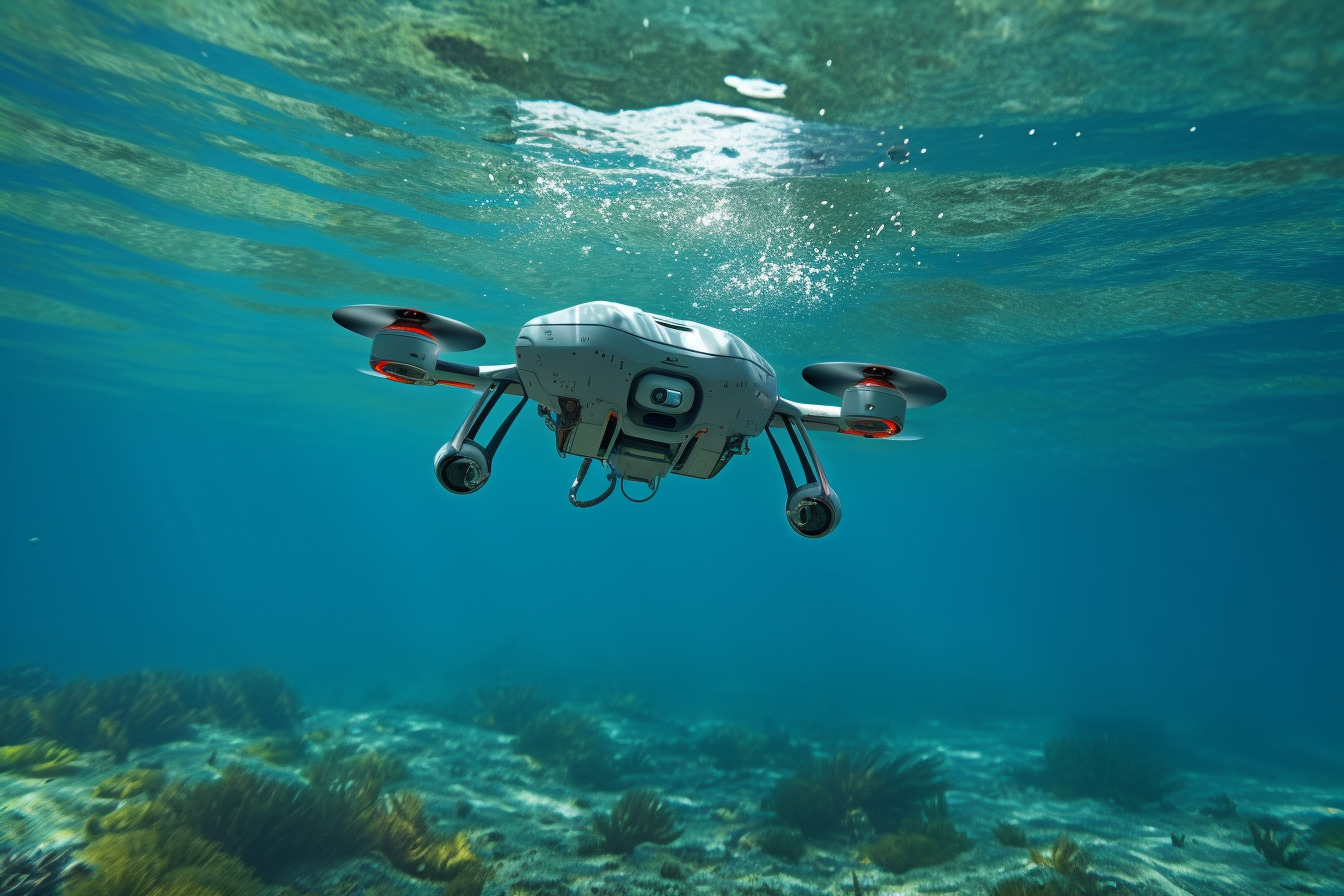
Unique Examples of Environmental Technology in Action
We are reader-supported. When you buy through links on our site, we may earn affiliate commission.
Environmentally friendly technology takes many forms. From pest control to energy generation to trash cleanup, here’s a look at three unusual examples of environmental technology — in the air, on land, and at sea — that are changing the world.
Terror in the Skies
What do vineyards, airports, and landfills have in common? They’re all susceptible to pest birds. Huge flocks of seagulls descend on garbage heaps and carry trash in all directions, littering the surrounding landscape. Starlings ravage growing grapes that would otherwise become wine. Around airfields, runways, traffic towers, and hangars, flocks of birds cause flight delays, their acidic droppings damaging planes and equipment in the process.
Poisoning birds is still an option in many parts of the world. However, it’s an environmentally terrible choice. Because many other animals eat birds, pesticides spread throughout the food chain, becoming more concentrated in the bodies of top predators. This effect is called biomagnification, and it’s the reason the U.S. banned the insecticide DDT in 1972. As birds of prey ate poisoned pests, they laid eggs with such weak eggshells that many raptors nearly went extinct.
Today, one environment-friendly technology solution involves scaring pests birds away — using the very species that nearly died off due to DDT. With a truck loaded full of falcons and hawks, pest abatement falconers arrive at the scene of a bird-infested landfill or pasture. Their free-flying raptors are ready for a nice morning stretch. One by one, the birds of prey take turns doing what they love best — flying high and fast through the air, their mere presence enough to drive away pests.
The raptors often wear telemetry collars to help the handler locate them if they stray too far. Some also wear a flashing light that makes it easier to spot them at dusk and dawn. Interestingly, many falconers train their birds to fly higher by having them chase drones, which often carry a lure to make the pursuit more enticing.
The raptors can choose to fly away at any time, but most don’t. They know a hearty meal is waiting for them at home!
It’s a win-win deal for the birds of prey and their handlers. Apprentice falconers often start their careers by capturing young wild raptors and learning to handle them. Between 60-70% of wild raptors die in their first year of life, so giving them food, veterinary care, and a chance to fly in a safe place greatly boosts their odds of surviving to adulthood. Many falconers release their birds after a few seasons of hunting together.
As for the pest birds? They won’t be back anytime soon.
Hidden in Plain Sight
Another example of environmental technology is a little closer to the ground.
Retrofitting a historic building with environmentally friendly technology isn’t as simple as it is with a house or business. You can’t just slap a few solar panels on the Taj Mahal and call it a day — people will, understandably, be upset. To bring historic buildings in line with modern energy needs, you have to get creative.
Most historic sites follow strict guidelines regarding their buildings’ appearance. Tourist destinations, specifically, understand the importance of maintaining a site’s integrity. In fact, many historic buildings already feature solar panels on their roofs, and most people are none the wiser.
Jimmy Carter put solar panels on the White House in 1979, and the Obama Administration reinstalled them in 2010. The Gloucester Cathedral and Salisbury Cathedral were outfitted with photovoltaic tiles in 2016 and 2020, respectively, but the panels aren’t visible unless you’re on the roof.
But what about buildings that don’t have a tall or multi-layered roof? In those cases, designers get even craftier.
If you’ve visited the ruins of Pompeii since February of 2023, you probably had no idea some of the roof tiles on the House of Cerere and House of the Vettii were generating energy. Many of the tiles are, in fact, solar panels designed to look exactly like historic roof shingles. They help light the Roman city’s ancient frescoes, reducing the number of visible electrical cables and poles.
Solar manufacturer Dyaqua creates innovative panels that imitate ceramic, stone, wood, concrete, and brick. They blend right into the background — so you can learn about history in peace. Other companies, like Physee, make clear solar windows. The tech firm installed 15,000 of the windows on office buildings across Europe in 2021.
As eco-friendly technologies mature, more historic sites will probably adopt solar panels to balance preservation with modern needs. In fact, who’s to say they haven’t already? You’d probably never know!
Trawling the Depths
Garbage is a threat to all life in the ocean. Animals may ingest it when mistaking it for food, and it often breaks down into tiny pieces that find their way into even some of the smallest marine organisms. Since 2006, the National Oceanic and Atmospheric Administration (NOAA) has cleaned up over 22,500 metric tons of trash from the ocean — but there’s still a long way to go.
Now, new eco-friendly technologies are helping tackle the waste problem. Autonomous underwater vehicles (AUVs) equipped with image recognition software are scanning the ocean for metal, rubber, and plastic.
The Ocean Cleanup organization employs bridge-mounted cameras to take pictures of floating objects and identify plastics in the sea. Then, an AUV called the Interceptor comes along and picks up the debris. Other notable projects include BioRobotics Institute’s crab-like robots that clean the ocean floor and Hong Kong’s ClearBot which cleans harbors.
However, not all environmentally friendly technologies that clean the water are mobile. Mr. Trash Wheel is a stationary vessel that removes debris from the Jones River in Baltimore, Maryland, preventing garbage from flowing out to sea.
Powered by solar cells and water wheels, the googly-eyed device looks something like a Hungry Hungry Hippo game piece, mouth always open to accept trash. It’s large enough to walk inside and has become a local tourist attraction.
Environmental Technology: Examples of Innovation
These examples demonstrate that environmental technology can be useful anywhere. Every industry benefits from being more conscious of sustainability, and as more people adopt eco-friendly technologies, the whole world will breathe a little easier.
Share on
Like what you read? Join other Environment.co readers!
Get the latest updates on our planet by subscribing to the Environment.co newsletter!
About the author

Steve Russell
Steve is the Managing Editor of Environment.co and regularly contributes articles related to wildlife, biodiversity, and recycling. His passions include wildlife photography and bird watching.





